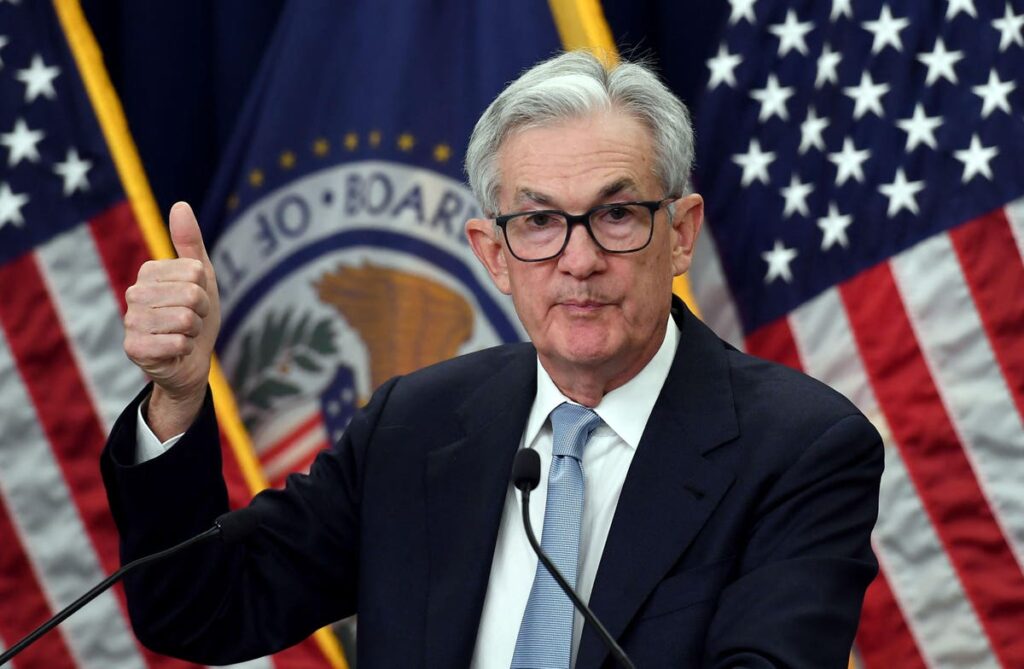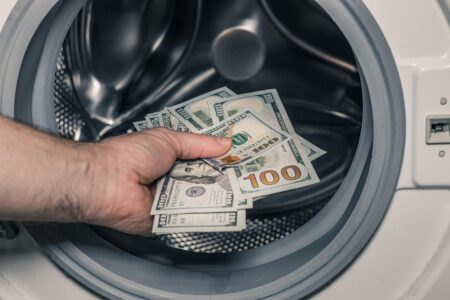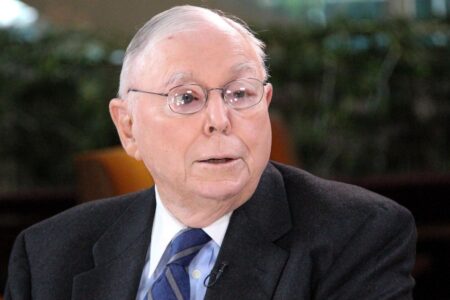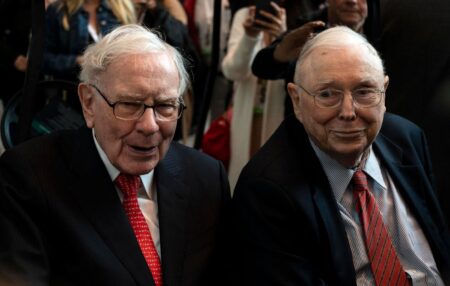One could be forgiven for thinking that last Friday’s headline showing the U.S. economy created a much larger-than-expected 339,000 jobs in May would send stocks lower rather than higher. After all, the Federal Reserve has been relentlessly increasing short-term interest rates to fight the inflation problem, and a tight job market is a significant contributor to the stickiness of elevated inflation readings. In addition, further rate hikes from the Fed increase the odds of an eventual recession and the resultant decline in corporate earnings. So why did the S&P 500 gain almost 1.5% on Friday instead of falling?
Part of the answer is that the headline job gain using payroll data overstates the robustness of the monthly reading. The household employment survey showed a decline of 310,000 jobs for the month, and the unemployment rate rose to 3.7% from 3.4%. But not so fast; if you look at an adjusted household survey to make it more closely mimic the payrolls methodology, this adjusted household data shows a gain of 394,000 jobs.
A better answer is that wage growth decelerated to 4.3% year-over-year and looks to be in a downtrend. A higher wage growth rate would probably be expected if the job market was getting tighter rather than softer.
The most convincing statistic in the jobs report was the average workweek. The weekly hours fell to 34.3 and are at their lowest level since the Covid recession ended. Falling work hours is a leading indicator that the labor market is ready to weaken. Employers tend to retain employees when there is a tight labor market, but once they sense less need to do so, employment growth can erode swiftly.
As another background data point, the Atlanta Fed’s current second-quarter GDP estimate is 2%, a reasonable distance from recessionary levels. This estimate tells us little about the second half of the year, but for now, the economy remains on solid footing.
Chair Powell was clear in his preference to pause the rate hikes after the last Fed meeting. While better economic data and hotter inflation readings caused the markets to raise the probability of another rate increase at the June 14 Fed meeting, recent statements before the jobs report from other Fed officials continued to signal an intention to hold steady in June. The jobs report looks mixed enough to allow the Fed cover to stick with the wait-and-see plan and reconsider at the July meeting. The only economic release between now and the June meeting that could change this path is the consumer inflation (CPI) reading on June 13, but the market action suggests this is a low probability.
Cyclical stocks outperformed last Friday, suggesting that a likely pause in rate hikes could allow the Fed to engineer a soft landing and avoid a recession while battling inflation. Also, the breadth of stocks rising was much better last Friday when the equal-weighted S&P 500 outperformed; it wasn’t just artificial intelligence-related stocks carrying the market. In addition, small-cap stocks, seen as more economically sensitive, outperformed for the week thanks to a scorching rally after the payrolls number. This threading of the needle and dodging a recession seems like a tall order, with history suggesting a low probability, but it remains in the realm of possibilities. Artificial intelligence (AI) is expected to increase productivity and lower costs, and the revenues from the increased business spending on this technology are being seen already, so that could be a positive variable to lift the economy. More about the topic of artificial intelligence and AI-related stocks can be found here.
Last Friday’s seemingly strong jobs report was less than meets the eye, so the Fed remains likely to hold steady at their June meeting. The inflation fight might not yet be over, so the July Fed meeting has a distinct possibility of another rate hike. But this possible respite from short-term interest rate increases provided a boost to stocks, especially the more economically sensitive companies.
Read the full article here









